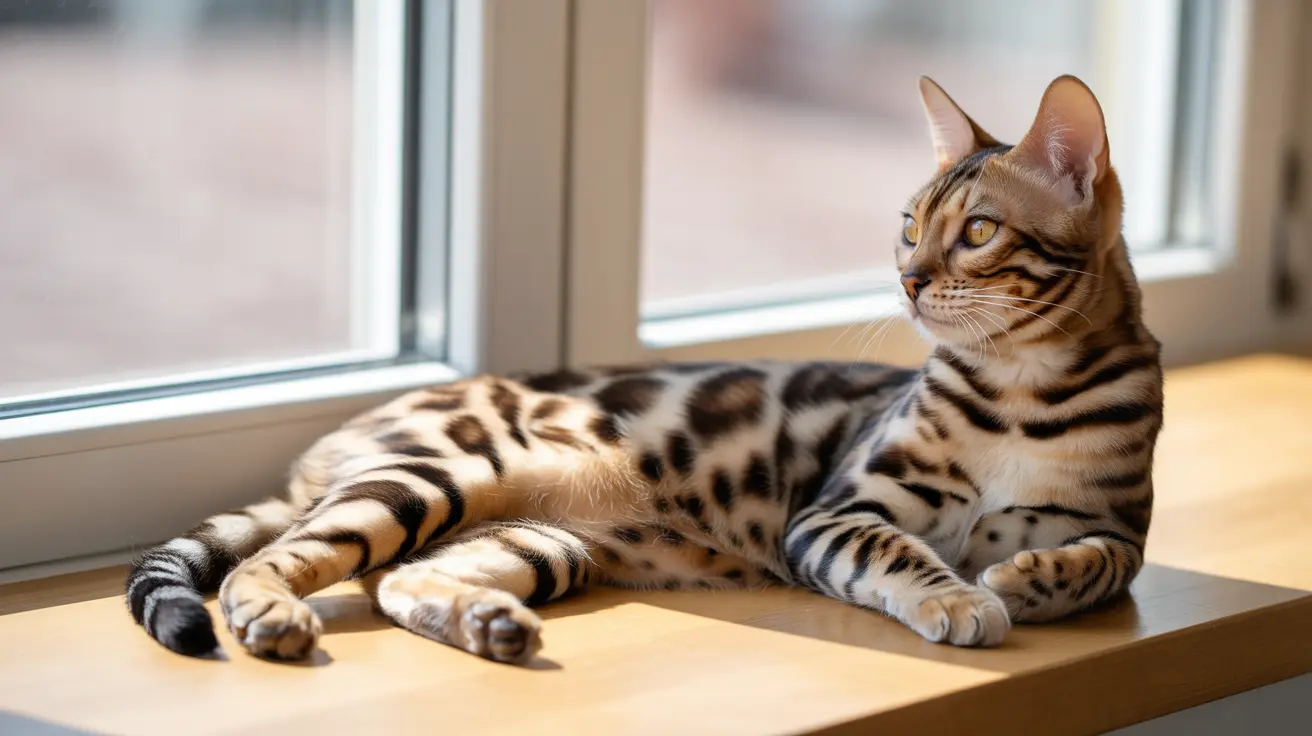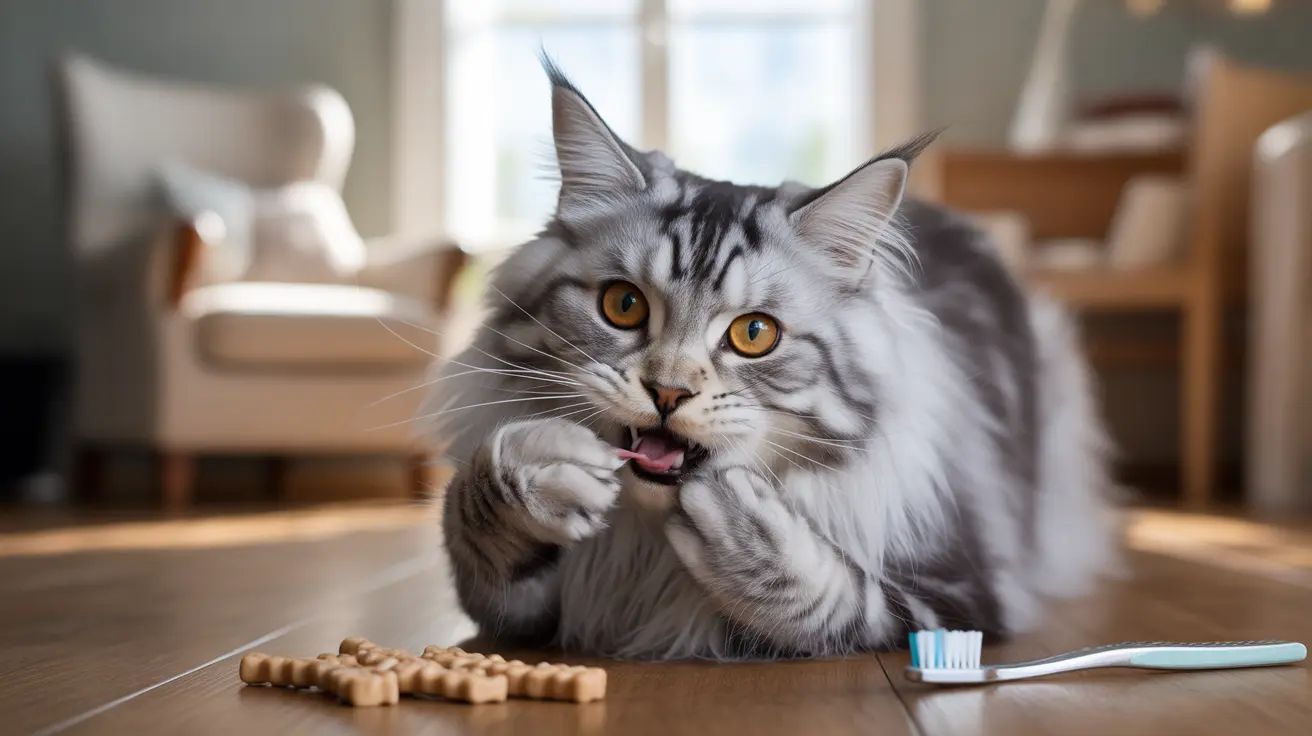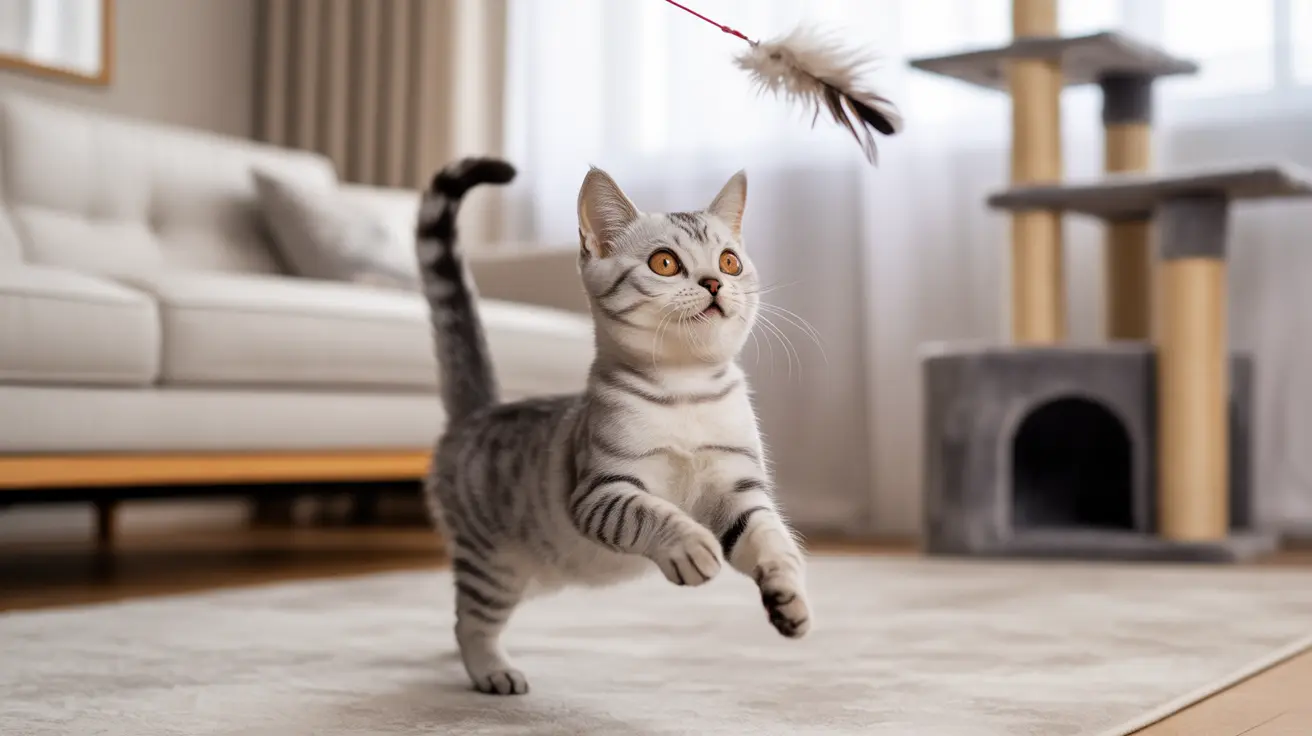The Ocicat's striking spotted coat makes it one of the most distinctive domestic cat breeds, combining wild beauty with a gentle temperament. With twelve officially recognized colors, each Ocicat showcases a unique combination of spots and background shades that create their signature exotic appearance.
In this comprehensive guide, we'll explore all Ocicat colors, from the classic tawny to the rare fawn silver, helping you understand what makes each variation special and how these beautiful cats get their distinctive looks.
The Six Classic Ocicat Colors
Tawny (Classic)
The tawny Ocicat displays dark brown to black spots against a warm beige background, creating the breed's signature "wild" look. This color variation most closely resembles the ocelot that inspired the breed's name, featuring clear, well-defined spots that create a striking contrast against the lighter base coat.
Chocolate
Chocolate Ocicats showcase rich, dark chocolate-colored spots on a lighter beige to tawny background. Their nose leather tends to be darker red, complemented by chocolate-pink paw pads. This popular variation offers a warmer, more subtle contrast than the tawny pattern.
Cinnamon
The cinnamon variation features warm, reddish-brown spots against an ivory or light beige background. These cats typically have golden eyes and pink to dark pink paw pads, creating a harmonious overall appearance that's both elegant and exotic.
Dilute Color Variations
Blue
Blue Ocicats display soft, bluish-gray spots on a lighter brown or pale yellowish-brown background. This dilute variation creates a gentler contrast while maintaining the breed's distinctive spotted pattern.
Lavender (Lilac)
The lavender variety shows off silvery pale purple spots against an ivory background. As a dilute version of chocolate, these cats feature unique silvery-pink characteristics that give them an almost ethereal appearance.
Fawn
Fawn Ocicats exhibit the softest color contrast among the standard variations, with light fawn-colored spots on a pale beige background. This delicate combination creates a subtle yet sophisticated appearance.
Silver Variations
Each of the six standard colors has a corresponding silver variation, where the background color is replaced with a cool, silvery-white tone. This creates dramatic contrast and adds complexity to the breed's color palette:
- Tawny Silver (Ebony Silver)
- Chocolate Silver
- Cinnamon Silver
- Blue Silver
- Lavender Silver
- Fawn Silver
The Genetics Behind Ocicat Colors
The diverse color palette of the Ocicat comes from its mixed ancestry of Siamese, Abyssinian, and American Shorthair cats. Key genetic factors include:
- The base colors (black, chocolate, cinnamon) inherited from parent breeds
- Dilute genes that create the softer shades
- The silver inhibitor gene that produces the striking silver variations
- The spotted tabby pattern gene that creates the distinctive markings
Pattern Standards and Show Quality
For show-quality Ocicats, pattern and color must meet specific standards:
- Spots should be clear, well-defined, and thumb-print shaped
- Pattern should align horizontally along the body
- Contrast between spots and background must be distinct
- Colors should be rich and true to their description
Frequently Asked Questions
What are the officially recognized coat colors and patterns for Ocicat cats?
The Cat Fanciers' Association (CFA) and TICA recognize 12 official Ocicat colors: tawny, chocolate, cinnamon, blue, lavender, fawn, and their corresponding silver variations. All must display the characteristic spotted pattern.
How do the silver variants of Ocicat colors differ from their standard versions?
Silver variants feature the same colored spots as their standard counterparts but have a silvery-white background instead of the typical warm beige or ivory. This creates more dramatic contrast and a cooler overall appearance.
What genetic factors influence the different Ocicat coat colors, including dilute and silver?
Ocicat colors are influenced by several genetic factors: base color genes from Siamese and Abyssinian ancestry, dilute genes that create softer shades, and the silver inhibitor gene that produces silver variations. All these work together with the spotted tabby pattern gene.
Why is the fawn silver Ocicat color considered the rarest among the 12 recognized shades?
Fawn silver combines two relatively rare genetic factors: the dilute gene that creates fawn coloring and the silver inhibitor gene. This combination of recessive traits makes it the least commonly seen color in registrations.
How can I identify a healthy Ocicat coat pattern that meets breed standards for shows?
A show-quality Ocicat should have clear, well-defined spots arranged in horizontal alignment along the torso. The spots should be thumb-print shaped with strong contrast against the background color. The coat should be short, sleek, and satiny with no missing or unclear pattern elements.






